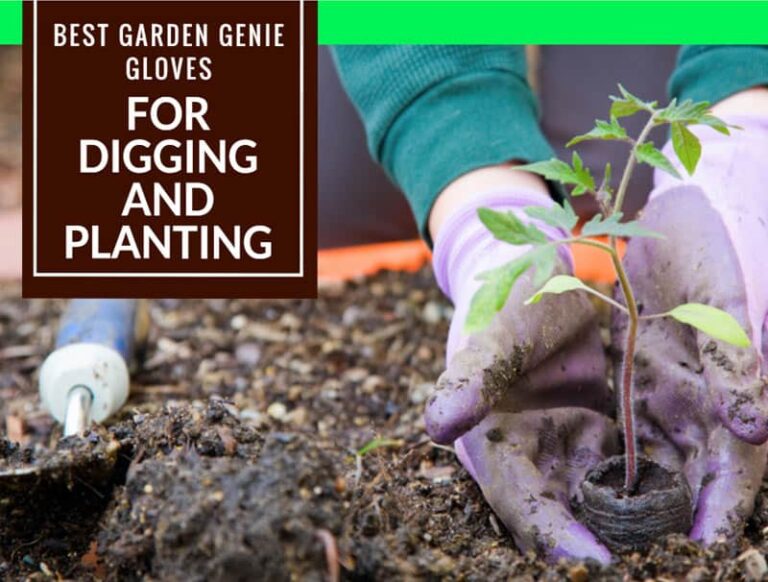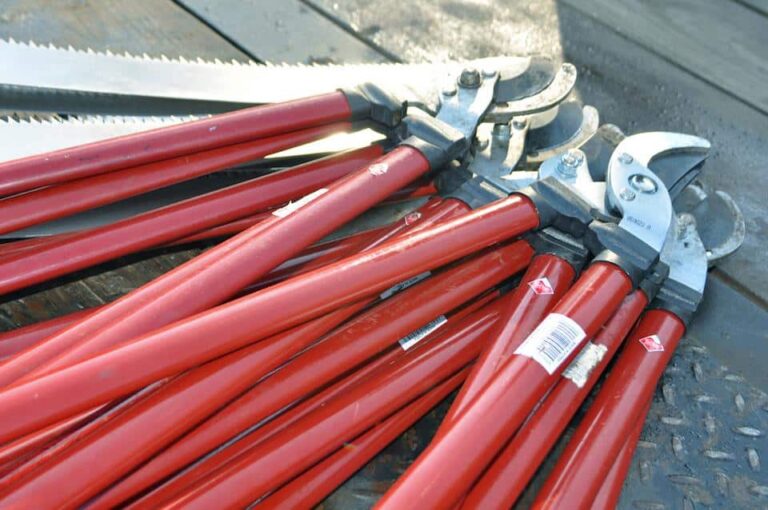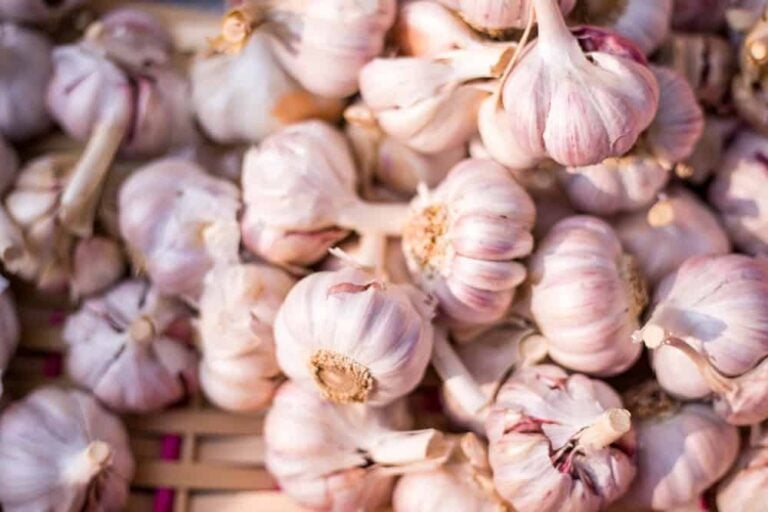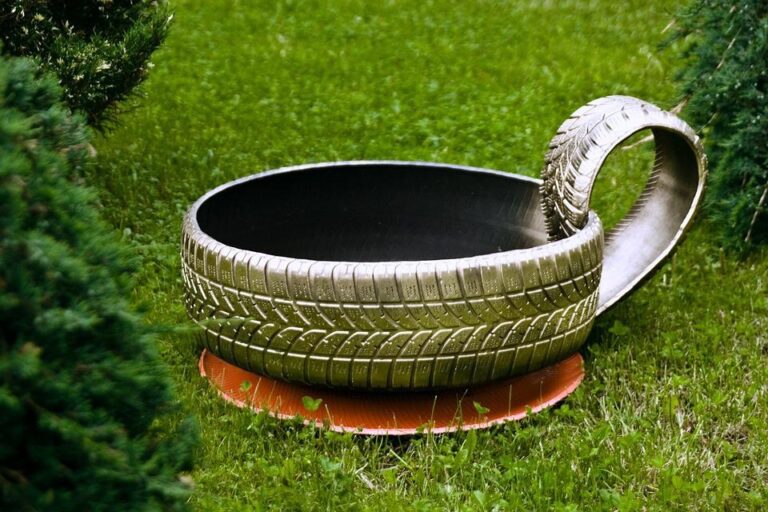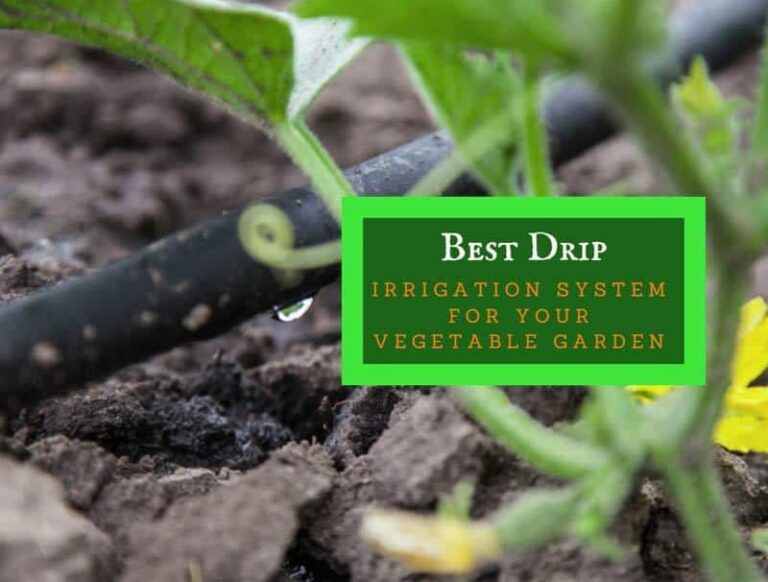The Most Effective Means of Growing Parsley
You can grow both flat-leaf or curly-leaf parsley by starting it from seeds indoors or growing it in your garden. Parsley grows best in warmer climates with mild weather patterns. Seeds should be placed at least six inches apart in a moist, cool soil that’s kept steadily watered. You’ll notice growth in about three weeks, and parsley will need about 70 to 90 days for full growth. Use a nutrient-rich fertilizer monthly and mulch around each plant to maintain temperature. Once sprigs have a few inches of growth, use kitchen shears to harvest parsley at ground level.
Flat-Leaf Versus Curly-Leaf Parsley: Which to Grow?
The two types of parsley to grow are known as flat-leaf and curly-leaf. Both provide excellent flavor, but can grow differently in different conditions. Curled parsley tends to look beautiful in a garden, so gardeners who enjoy an aesthetically-pleasing garden may prefer it. However, cooks tend to prefer flat-leaf parsley for its more significant flavor.
Flat-leaf parsley tends to grow better in warmer climates and soil than curly-leaf. You should take into consideration your region’s weather before deciding which type of parsley is best to grow in your garden. If you have mild winters and hot summers, flat-leaf may fare better.
Preparing for Growing Parsley
When to plant parsley largely depends on where you live. Warmer climates tend to grow parsley best during their mild winter months. In the north, however, the best time to grow parsley is from the spring to the winter, during warmer months.
Check your region’s weather to determine when the best time to plant your parsley is. Parsley typically grows best with no frost or extreme weather conditions, so during your region’s period of mild weather is best.
Some gardeners prefer to begin growing their parsley indoors so it can easily be transferred to the garden when the weather is optimal. This leaves less guesswork for predicting when harsh weather conditions will end.
If you choose to begin growing parsley indoors, plant your seeds about 10 to 12 weeks before your usual last spring frost. Some gardeners prefer to soak the seeds overnight before planting to kick-start germination. Keep your pots near a warm and sunny window while you have them indoors.
Prepare the Soil
You should transfer your parsley outdoors about 3 to 4 weeks before the last frost. This gives them time to become established so they can better withstand outdoor conditions, but lets them grow in an optimal outdoor environment.
Soil should be rich in minerals and moist, with a pH between 5.5 and 6.7. For optimal growth, consider a slow-release fertilizer added to the soil before you plant or immediately after planting. Mulch around the plant to keep the soil at optimal temperature, ensuring that you don’t mulch right at the crown to prevent risk of rot.
How to Plant Parsley
Parsley should be planted about six to eight inches apart. Your garden area should be free from weeds so you can easily see when the parsley begins to sprout. It should also get plenty of sunlight for the majority of the day. Parsley grows well when it’s planted near other crops, like tomatoes or corn.
To plant parsley from seeds in your garden, dig small holes and place a seed in each. You’ll need to cover each seed with only about a ½ inch of soil, so you don’t have to plant them very far down. If you’re planting parsley that you began indoors, wait until they have about three inches of growth. Dig small holes and place each plant about six inches apart.
After you plant, water your parsley thoroughly.
Caring for Parsley
Parsley should get a deep watering at least once per week, possibly more depending on your region’s weather. If you aren’t able to frequently check the moistness of your parsley soil, you may want to consider using an automated drip system.
Steady and even watering is especially important for parsley plants, particularly as the seeds germinate and during warmer months, as they can dry out quickly.
Since parsley can easily look like weeds in your garden, it’s important to keep your garden bed free of weeds as parsley grows. Mulching around your parsley plants helps keep weeds from growing in the area.
You can fertilize your parsley plants about once per month for optimal growth.
Preventing Pest Infestation
Parsley worm caterpillars are one of parsley’s worst enemies. They feed vigorously on parsley plants, essentially ruining them if they are not controlled. You’ll be able to spot them with their green bodies and tell-tale black and yellow bands.
You can use row covers over your parsley to keep them away from your plants, or use an organic insecticide to kill them off.
Aphids, small insects that gather and feed on the underside of several types of plant leaves, are also known to disturb parsley. Aphids can be difficult to detect until they have taken over your parsley plants, since they hide underneath the leaves.
You can use an insecticidal soap or oil, like canola oil, to coat your parsley and prevent further infestation from aphids.
Harvesting and Storing Parsley
Parsley typically takes between 70 and 90 days from planting to be ready to harvest. You’ll notice its bright green leaves and a few inches of growth. It’s best to harvest the younger parsley plants for the most flavor. These will typically be a bit more thinned out than more established sprigs.
The best way to harvest your parsley is to snip sprigs at ground level with kitchen shears. This allows them to continue to grow after they’re harvested. Only snip what you’ll need to use soon, starting from the outside of the plant and working inward.
Use your parsley immediately for cooking, or place your sprigs in water and store them in the refrigerator for a few days. You can also dry your parsley thoroughly, remove the leaves, and store them in an airtight container. Or, freeze the leaves you cut in an airtight container for longer storage.

